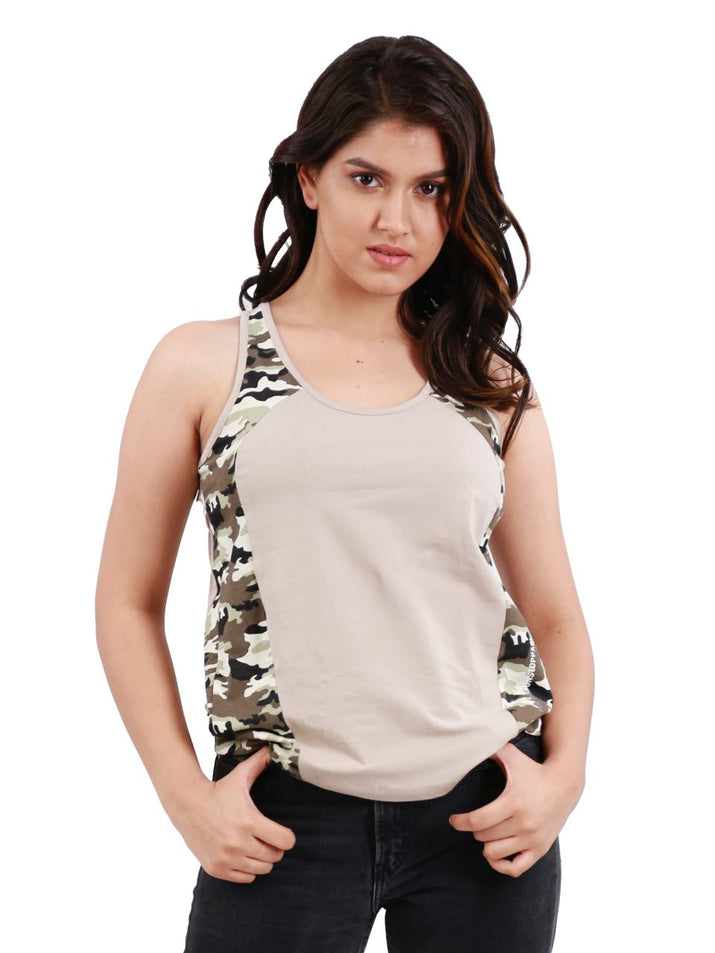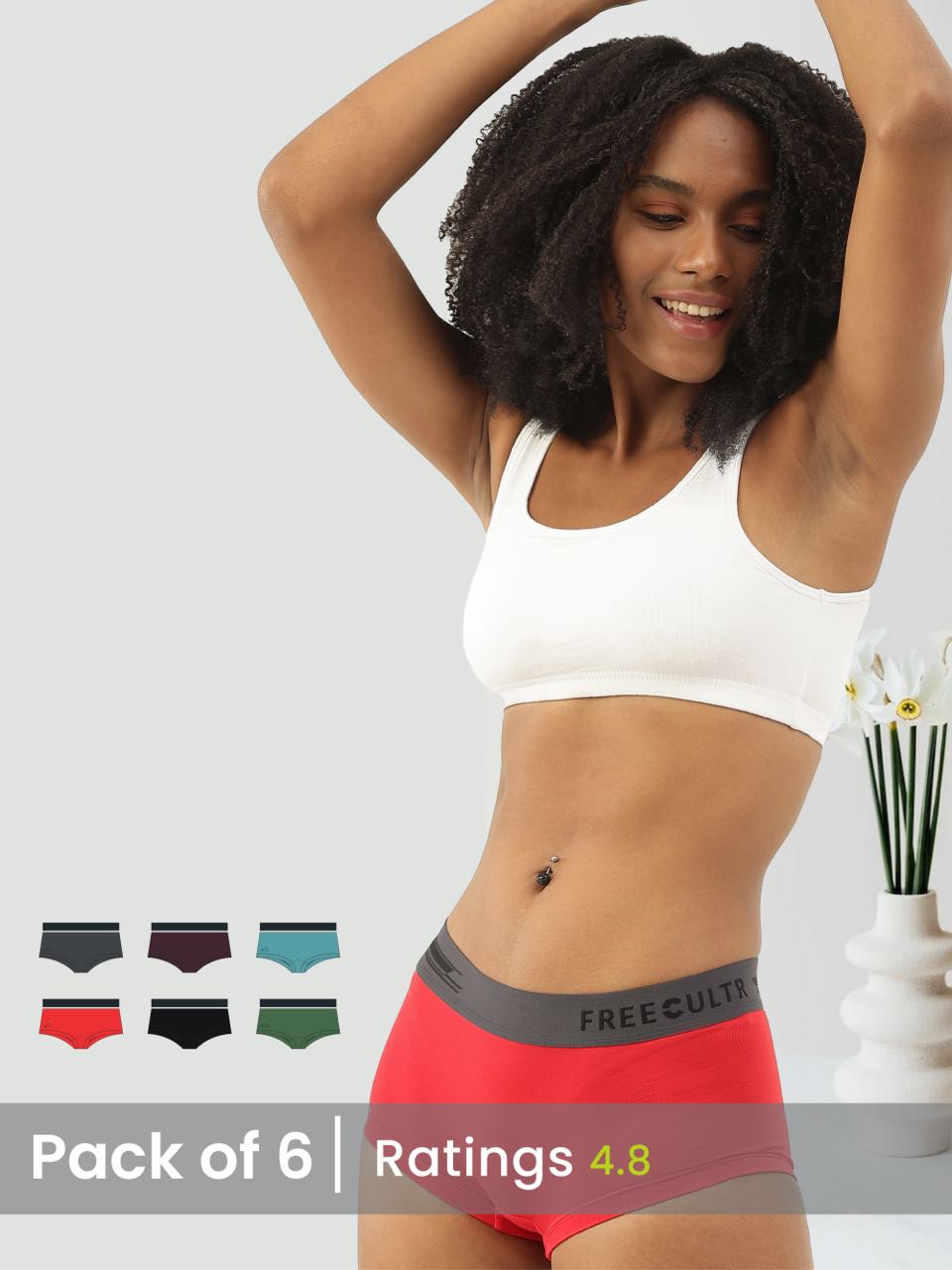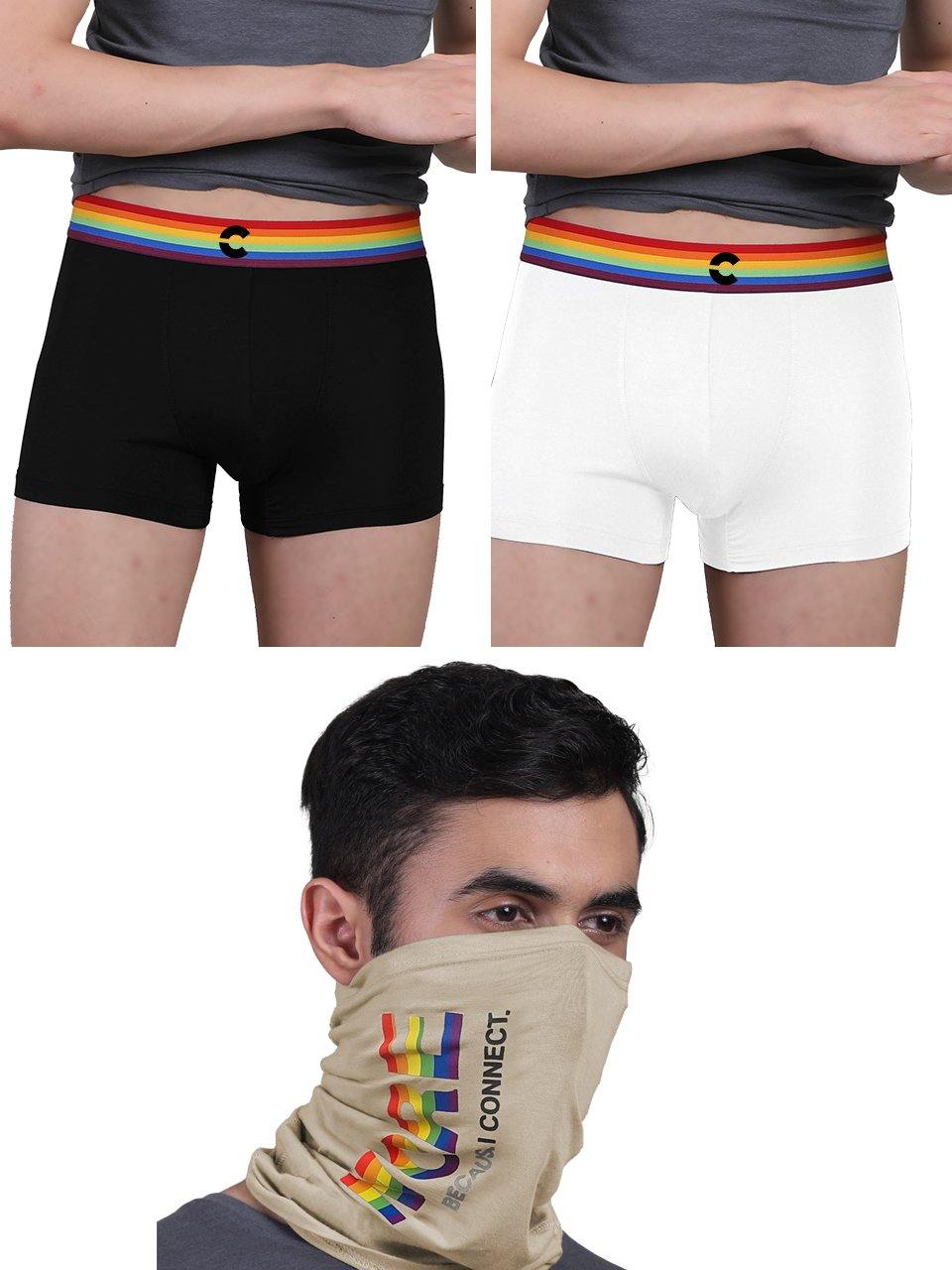Performance apparel is evolving. The modern tank top exemplifies this shift. Forget bulky cotton; today's athlete demands lightweight fabrics that actively manage moisture. Consider advanced knits like micro-polyester blends, engineered for superior breathability during high-intensity workouts. Recent developments in yarn technology have led to tank tops that not only wick away sweat but also offer enhanced UV protection, crucial for outdoor training. These aren't just summer staples; they're technical tools designed to optimize performance, proving that even the simplest garment can be a powerhouse of innovation.

Understanding Lightweight Fabrics
Lightweight fabrics are a cornerstone of comfortable clothing, particularly in warm weather or during physical activity. They are characterized by their low weight per unit area, making them feel airy and unrestrictive. Several factors contribute to a fabric's lightweight nature:
- Fiber Type: Natural fibers like cotton, linen. Silk are inherently lightweight. Synthetic fibers like polyester, nylon. Microfiber can also be engineered to be exceptionally light.
- Yarn Construction: The way fibers are spun into yarn affects the fabric's weight. Loosely spun yarns create a lighter fabric compared to tightly spun ones.
- Weave or Knit Structure: The construction method plays a significant role. Open weaves and knits, such as jersey or mesh, result in more breathable and lighter fabrics.
- Finishing Processes: Certain finishing treatments can reduce the weight of a fabric by removing excess material or adding air permeability.
The choice of lightweight fabric often depends on the desired properties and end-use. For instance, a cotton tank top offers breathability and softness, while a polyester tank top may provide enhanced durability and moisture-wicking capabilities.
The Science of Moisture-Wicking
Moisture-wicking refers to a fabric's ability to draw moisture away from the skin and transport it to the outer surface of the material, where it can evaporate. This process helps keep the wearer dry and comfortable, preventing the build-up of sweat and reducing the risk of chafing. The effectiveness of moisture-wicking depends on several factors:
- Capillary Action: This is the primary mechanism behind moisture-wicking. The fabric's fibers create tiny channels that draw moisture away from the skin through capillary action.
- Fiber Properties: Hydrophobic (water-repelling) fibers like polyester and polypropylene are often used in moisture-wicking fabrics. While these fibers don't absorb moisture themselves, they facilitate its transport through the fabric's structure.
- Fabric Construction: Engineered knits and weaves with specific pore sizes and surface areas enhance moisture-wicking.
- Finishing Treatments: Some fabrics are treated with chemical finishes that enhance their moisture-wicking properties. These finishes can improve the fabric's ability to spread moisture and accelerate evaporation.
The technology behind moisture-wicking is constantly evolving. Manufacturers are developing new fiber blends and fabric structures to improve performance and durability. For example, some fabrics incorporate activated carbon or other materials to absorb odors and enhance breathability. Keeping you feeling fresh and embracing both Fashion & Comfort.
Benefits of Lightweight, Moisture-Wicking Tank Tops
Lightweight, moisture-wicking tank tops offer a multitude of benefits, making them a popular choice for various activities and environments:
- Enhanced Comfort: The combination of lightweight fabric and moisture-wicking technology keeps you cool, dry. Comfortable, even during intense physical activity.
- Improved Performance: By wicking away sweat, these tank tops help regulate body temperature and prevent overheating, allowing you to perform at your best.
- Reduced Chafing: Moisture-wicking fabrics minimize friction against the skin, reducing the risk of chafing and irritation.
- Odor Control: Some moisture-wicking fabrics are treated with antimicrobial finishes that inhibit the growth of odor-causing bacteria.
- Versatility: These tank tops can be worn for a variety of activities, including running, yoga, gym workouts. Casual wear.
Consider, for instance, a runner preparing for a marathon. A lightweight, moisture-wicking tank top can significantly improve their comfort and performance by keeping them cool and dry throughout the race. Or an individual at the gym, working hard and feeling comfortable in their Fashion & Comfort.
Comparing Fabric Options for Tank Tops
Selecting the right fabric for a tank top depends on the desired balance of comfort, performance. Durability. Here's a comparison of common fabric options:
| Fabric | Pros | Cons | Best For |
|---|---|---|---|
| Cotton | Soft, breathable, absorbent, affordable | Slow to dry, can shrink, wrinkles easily | Casual wear, low-intensity activities |
| Polyester | Durable, moisture-wicking, wrinkle-resistant, quick-drying | Less breathable than cotton, can feel synthetic | High-intensity activities, outdoor wear |
| Nylon | Strong, durable, moisture-wicking, abrasion-resistant | Less breathable than cotton, can be expensive | High-performance activities, swimwear |
| Merino Wool | Soft, breathable, moisture-wicking, odor-resistant, temperature-regulating | Expensive, requires special care | Outdoor activities, travel |
| Blends (e. G. , Cotton-Polyester) | Combines the benefits of multiple fibers, often more affordable than pure materials | Properties depend on the blend ratio | Versatile use, balancing comfort and performance |
Real-World Applications and Use Cases
Lightweight, moisture-wicking tank tops have found widespread use in various fields:
- Athletics: Runners, cyclists. Other athletes rely on these tank tops to stay cool and dry during training and competition.
- Outdoor Recreation: Hikers, campers. Climbers wear them as a base layer to manage moisture and regulate body temperature.
- Fitness: Gym-goers and yoga enthusiasts appreciate their comfort and performance-enhancing properties.
- Workwear: Construction workers, landscapers. Other outdoor laborers wear them to stay cool and comfortable in hot weather.
- Medical: Patients recovering from surgery or undergoing treatment may find these tank tops more comfortable and hygienic than traditional clothing.
A case study of a professional cycling team revealed that switching to moisture-wicking base layers resulted in a significant improvement in rider comfort and performance during long-distance races. Riders reported feeling cooler, drier. Less fatigued, leading to faster times and improved overall results. It's clear to see that these garments offer both Fashion & Comfort to the wearer.
Care and Maintenance for Longevity
To ensure the longevity and performance of your lightweight, moisture-wicking tank tops, proper care and maintenance are essential:
- Read the Care Label: Always follow the manufacturer's instructions for washing and drying.
- Wash in Cold Water: Use cold water to prevent shrinking and fading.
- Use a Mild Detergent: Avoid harsh detergents or bleach, which can damage the fabric.
- Avoid Fabric Softeners: Fabric softeners can reduce the moisture-wicking properties of the fabric.
- Tumble Dry on Low Heat: Tumble dry on low heat or hang to dry. Avoid high heat, which can damage the fibers.
- Avoid Ironing: Most moisture-wicking fabrics are wrinkle-resistant and do not require ironing. If ironing is necessary, use a low heat setting.
By following these simple guidelines, you can extend the life of your tank tops and maintain their performance benefits for years to come.
Conclusion
Choosing the right tank top isn't just about style; it's about maximizing comfort and performance. Remember, lightweight fabric and moisture-wicking technology work together to keep you cool and dry, whether you're hitting the gym or exploring a new city. I always keep a few of these tanks in my travel bag – they're perfect for unexpected heat waves or impromptu workouts. Consider current trends like incorporating athleisure into your everyday wardrobe. Don't be afraid to pair your tank with tailored trousers or a blazer for a modern, effortless look. And always prioritize quality. Investing in a well-made tank top means it will last longer and perform better. So, go ahead, embrace the freedom and confidence that comes with wearing a tank top designed for your active lifestyle. You've got this! Learn more about sustainable fashion choices from resources like Good On You [https://goodonyou. Eco/].More Articles
Women's Tank Top – Breathable Fabric & All-Day ComfortTees – UV Protection & Eco-Friendly Fabric
Tank Top for Women – Moisture-Wicking & Stylish Design
Tees – Soft Cotton & Durable Fabric
FAQs
Okay, so what's the big deal with lightweight and moisture-wicking tank tops? Why should I care?
Think of it like this: comfort, baby! Lightweight fabric means it barely feels like you're wearing anything, which is amazing in the heat. And the moisture-wicking part? That sucks sweat away from your skin, keeping you cool and dry instead of feeling like a swamp thing.
How do I know if a tank top actually has good moisture-wicking capabilities? I've been burned before!
Good question! Look at the fabric composition. Polyester, nylon. Blends of these are generally good bets. Avoid 100% cotton – it holds onto moisture like a clingy ex. Also, check reviews! See what other people say about how well it performs during sweaty activities.
Are these tank tops just for working out? Can I wear them casually?
Absolutely! While they're fantastic for workouts, lightweight and moisture-wicking tank tops are super versatile. Pair them with shorts, jeans, or even a skirt for a casual, comfy look. Just maybe skip them for a fancy dinner, you know?
Will these tank tops shrink in the wash?
It depends on the fabric blend! Always check the care label before washing. Generally, synthetic fabrics like polyester are less prone to shrinking than natural fibers. Washing in cold water and tumble drying on low can help minimize any potential shrinkage.
What's the best way to wash them to keep them in good condition?
Treat 'em gently! Wash in cold water, inside out, with similar colors. Avoid bleach and fabric softener, as these can damage the moisture-wicking properties. Tumble dry on low or, even better, hang them to dry. They dry super fast anyway!
I'm kinda sensitive to certain fabrics. Are there any 'gentle' lightweight, moisture-wicking options?
Yep, look for tank tops made with blends that include things like modal or Tencel. These are often derived from natural fibers and tend to be softer and more breathable than straight-up synthetics. They still offer good moisture-wicking, just with a more gentle feel.
Do these types of tank tops hold odors after sweating in them a lot?
That's a valid concern! Some fabrics are more prone to trapping odors than others. Look for tank tops that have antimicrobial properties or are treated with odor-resistant technology. Washing them promptly after sweating can also help prevent buildup.






